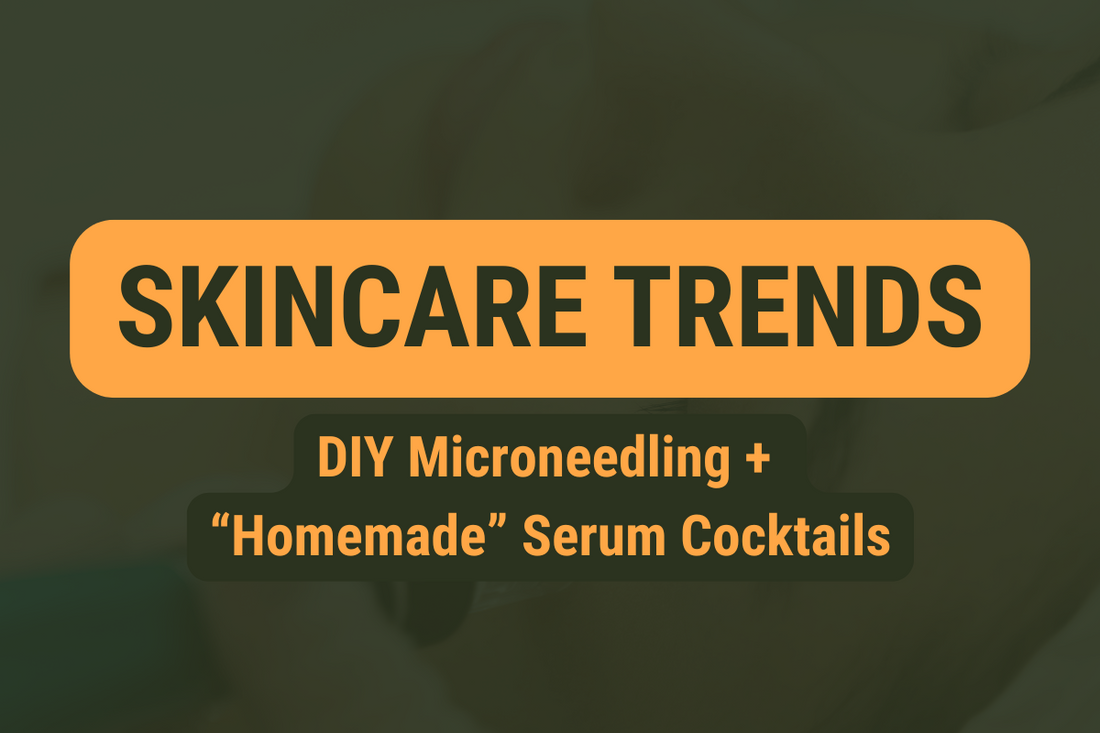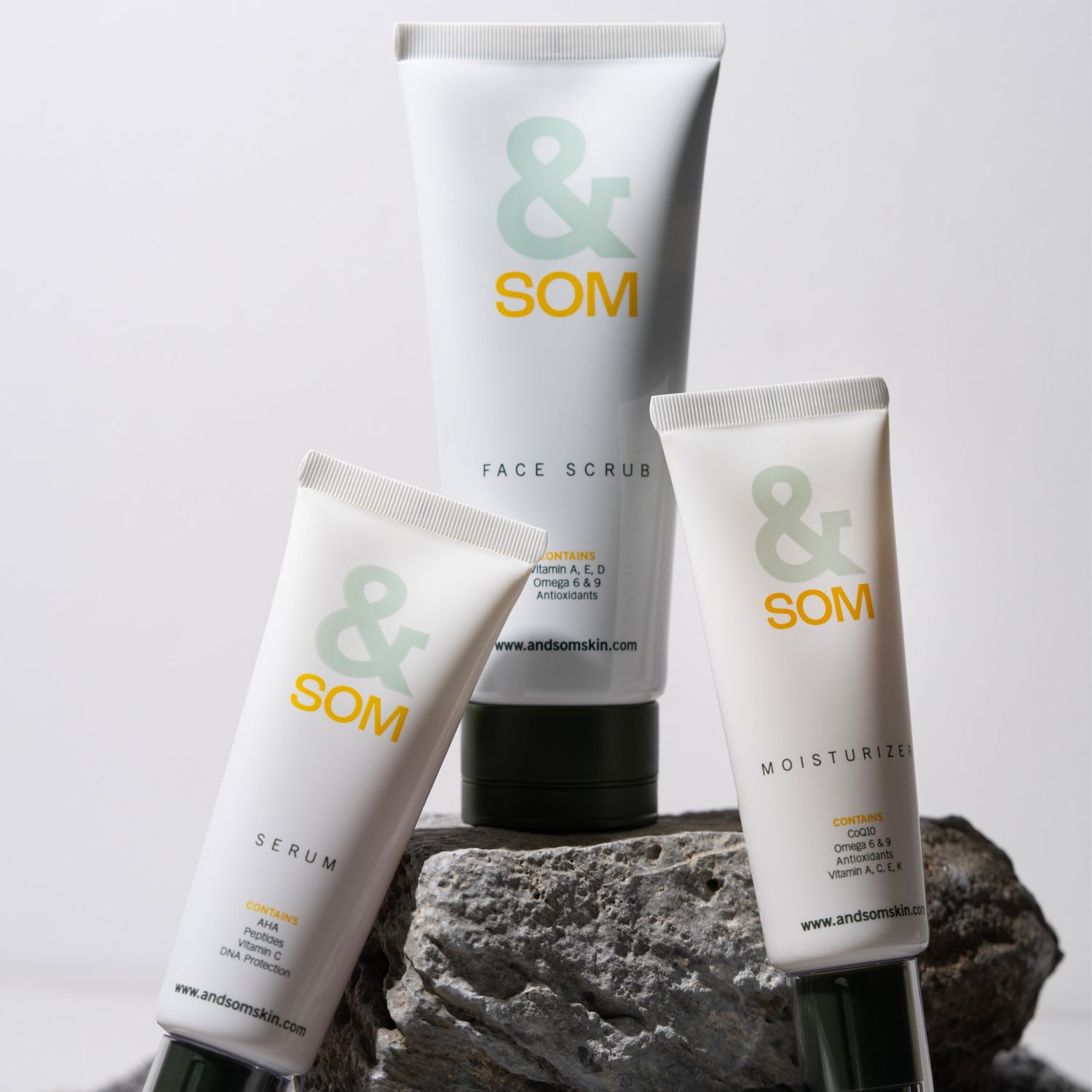
Skincare Trends: DIY Microneedling
Microneedling at home might look like a shortcut to better skin — but it could do more harm than good. In this post, I break down what microneedling is, why it works in a professional setting, and the serious risks of trying it DIY-style.
What is DIY Microneedling?
There's doing your skincare routine... and then there's stabbing your face with needles from Amazon.
Welcome to 2025, where DIY microneedling has gone to complete kitchen counter chaos.
If you've seen the videos, you already know what I'm talking about:
Someone rolls a needle-covered drum across their cheeks, wipes it down with tap water (if you're lucky), and then slathers on a "serum" they whipped up from oils, acids, or whatever Pinterest said would work.
It's part beauty treatment, part biology class, part medical emergency.
And I've got thoughts.
Does DIY Microneedling work as a skincare routine?
First off, does microneedling actually work?
Yes. In the right hands, microneedling is legit.
Professionals use it to:
- Stimulate collagen
- Reduce acne scars
- Soften fine lines
- Improve texture
It works by creating micro-injuries in the skin that trigger the repair process. When done in a sterile clinic with the right needle depth, the results can be impressive.
But let's be honest, the average bathroom isn't a clinic.
The negatives of microneedling at home
Here's what's going wrong with DIY microneedling:
- Zero sterilisation
I've seen people use the identical roller for weeks. No alcohol. No sanitisation. Just straight bacteria-to-skin action.
- Random needle lengths
People are using 1.5mm rollers without knowing how deep they are. You're performing a skin biopsy without training.
- Homemade serums
This one kills me. Essential oils, aloe vera gel, raw honey, and god knows what else are applied immediately after puncturing your skin barrier.
Some of these blends are completely unpreserved, which means they're breeding grounds for bacteria.
What could go wrong?
- Infection
- Scarring
- Post-inflammatory hyperpigmentation
- Worsening acne
- Permanent texture damage
I even saw one video where someone used a derma pen and mixed Vitamin C powder with water from their fridge. My jaw nearly dislocated.
I get the appeal...
Microneedling can be expensive. People want results without the price tag.
But trust me:
Paying for professional treatment will cost you less than trying to reverse a scar caused by a DIY disaster.
And if you are going to microneedle at home (even though I don't recommend it), at the very least:
- Use a brand-new, sterilised tool
- Stick to safe, water-based, professionally formulated serums
- Go shallow (under 0.5mm) and infrequently
- Understand your skin type
Final thoughts on DIY Microneedling
This isn't me fear-mongering. It's me being real.
I've seen guys damage their skin for life because of TikTok skincare hacks.
And when that happens, it's not just about your face — it affects your confidence, mindset, and self-worth.
So, if you're chasing better skin, invest in the basics first:
- Good cleansing
- Barrier support
- Science-backed serums
- And please… no mystery serums from your spice rack.
You don't need to bleed for results.
You just need the proper routine.
— Danny


